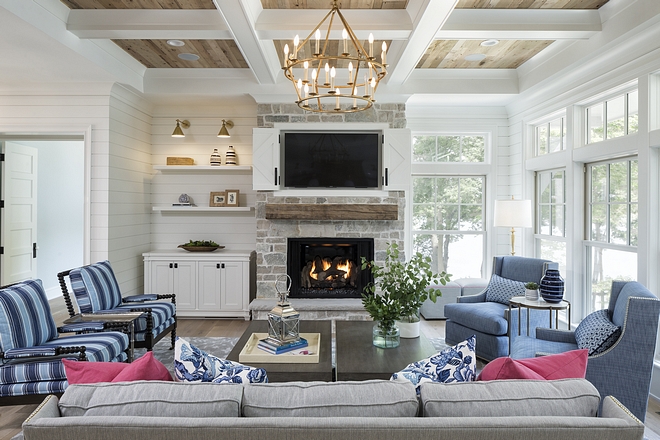
To be a successful interior designer, you need creativity, color sense and artistic ability. However, while these are important, you are unlikely to build a competitive interior design business if you are not armed with the tools you require to manifest your genius. Tools can make or break your design. You are unlikely to go wrong if your business is armed with the following tools of the trade.
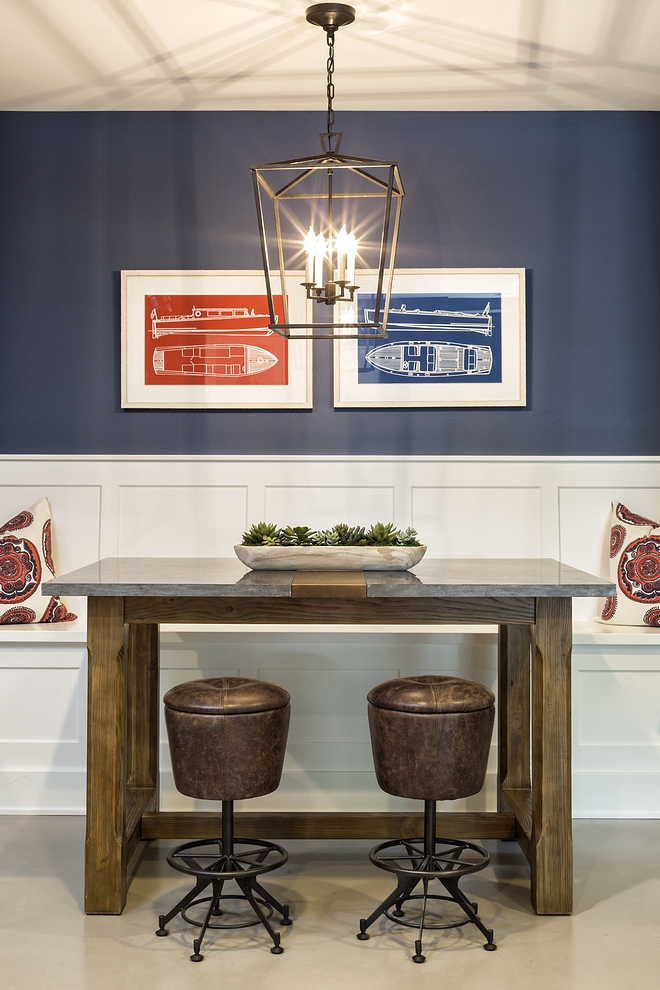
During the first meeting with a client, a color wheel will help you better explain the combination of colors that will be the most harmonious and suitable. The choice of colors should take into account the client’s personal preferences as well as (for an organization) corporate colors. It may not look like much, but a color wheel demonstrates your design credentials while adding a touch of science to the project proposal.

Carrying fabric samples with you during your preliminary meetings will prove invaluable in assisting the client to choose the most appropriate curtain, throw, and cushion material. Having samples is important because when it comes to fabric, physical texture is just as important as fabric color.
The client cannot make a truly informed decision on a fabric if they don’t have a feel of it. As opposed to getting down to work on an image-based choice only for the client to change their mind when they eventually touch the fabric, fabric samples are a good way of getting it right from the get-go.
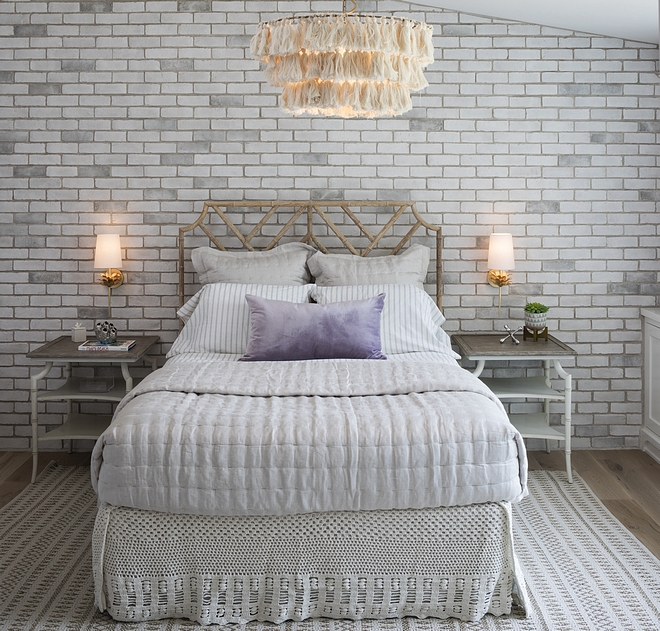
All wallpaper and paint manufacturers have sample books and charts that every designer should add to their arsenal. From these charts, the client can identify the colors and patterns that will be the best match for the target space. And thanks to a plethora of online tools, you can even pick a color and project it to a virtual room to get a realistic sense of how the end product will look like.
Given the sheer breadth of colors and patterns to potentially choose from, you should narrow down options during your first conversations with the client. That way, by the time you present the wallpaper and paint charts, the number of choices isn’t so overwhelming that they cause decision paralysis.

Interior design ideas exist in the abstract until they are assigned specific dimensions. During the briefing meeting, it’s vital that you obtain accurate measurements of the space you’ll be working on. Imagine the disappointment and wasted expenditure if you find out the wall-to-wall carpet you procured is much larger than the room you intended it for.
A laser measuring tool is not just the most precise means of capturing space and object dimensions but is also much easier to operate than traditional tape measures. Use the requisite interior design software to combine the measurements with photographs of the sketch in order to develop realistic models.
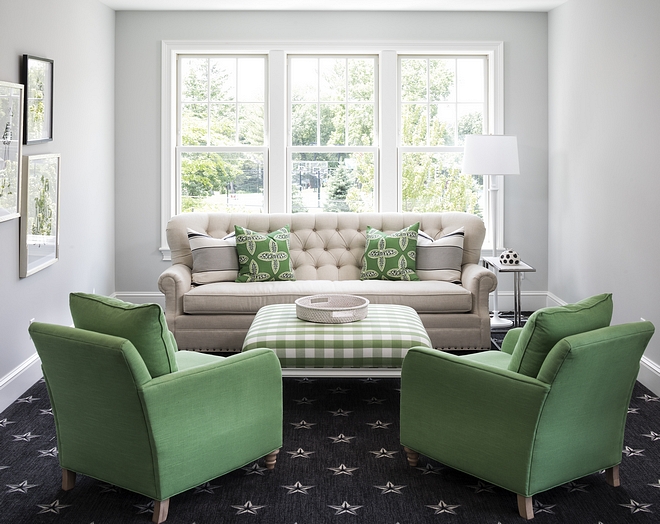
Interior designers and clients will often have to grapple with their own form of ‘writer’s block’. In such moments, it feels like design ideas are hard to come by. Even when the client knows what they want, they may have difficulty expressing it in words.
Design magazines are not only a great source of interior design ideas, but they also provide examples the client could point to as a guide. Sometimes, the magazine’s role will be to trigger a conversation that eventually brings the client and designer into a mutual understanding of the project’s end goal.
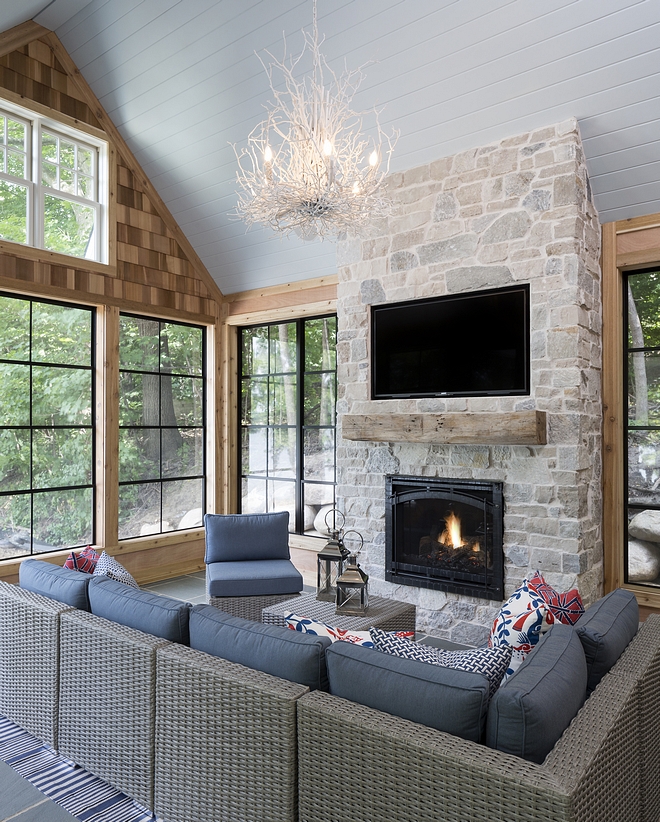
We’re in the Digital Age, and interior design has not been spared. No longer can you be effective or competitive as an interior designer if you don’t leverage the power of design software. The sensory feel of colors and fabrics is crucial but isn’t as effective at relaying how the final project will look like as a computer-aided visualization.
Interior design systems vary in their sophistication and cost. Nevertheless, your choice of software should primarily be based on its ability to enable clients to see the options from different angles before they make a final choice.
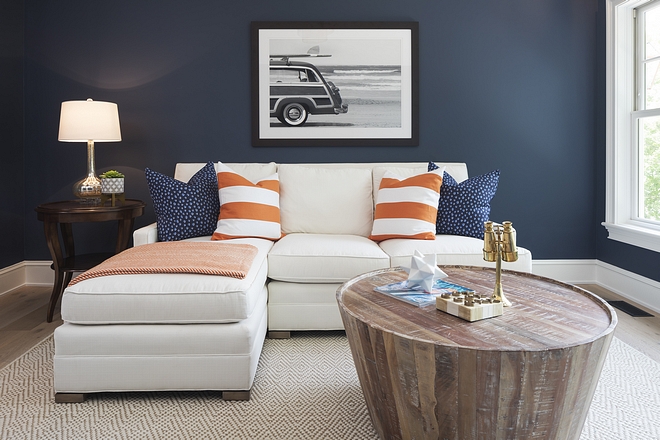
There’s no better ambassador of your work as an interior designer than your past work. If you can demonstrate that you’ve done a world-class job in the past, new clients will be more than willing to trust you with their projects.
There’s no harm in having a digital portfolio that you could share with clients, but a physical book is always a safer bet for client meetings. The portfolio should include high-resolution photos, testimonials from previous clients, awards and trade affiliations.
With these tools, your interior design business is ready to hit the ground running and snap up those lucrative projects.
Cabinets: Engstrom Wood Products.
Builder: Michael Paul Design Build.
Photography: Landmark Photography.
Thank you for shopping through Home Bunch. I would be happy to assist you if you have any questions or are looking for something in particular. Feel free to contact me and always make sure to check dimensions before ordering. Happy shopping!
Wayfair: Up to 70% OFF on Furniture and Decor!!!
Serena & Lily: Up to 70% OFF at their biggest sale of the year!
Joss & Main: Up to 70% off “Don’t Think Twice Sale”!
Pottery Barn: 20% OFF your order plus free shipping. Use code: SUMMER.
One Kings Lane :20% Off on order over $600 with code OKLSTYLISH20
West Elm: Up to 40% Off on Sofas & Sectionals!
Anthropologie: Take an Extra 50% Off Sale!
Nordstrom: Sale – Incredible Prices!!!
 Beautiful Homes of Instagram: Modern Farmhouse.
Beautiful Homes of Instagram: Modern Farmhouse.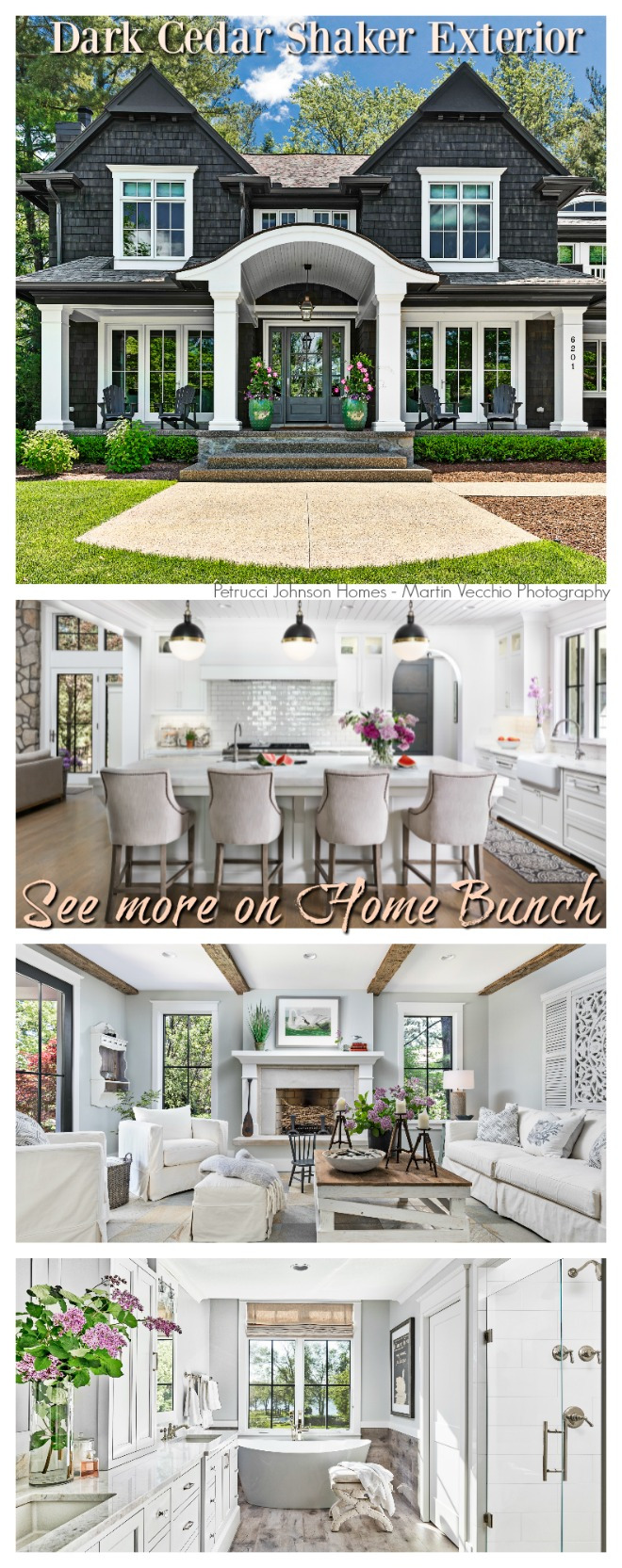 Dark Cedar Shaker Exterior.
Dark Cedar Shaker Exterior. Lake House Interior Design Ideas.
Lake House Interior Design Ideas.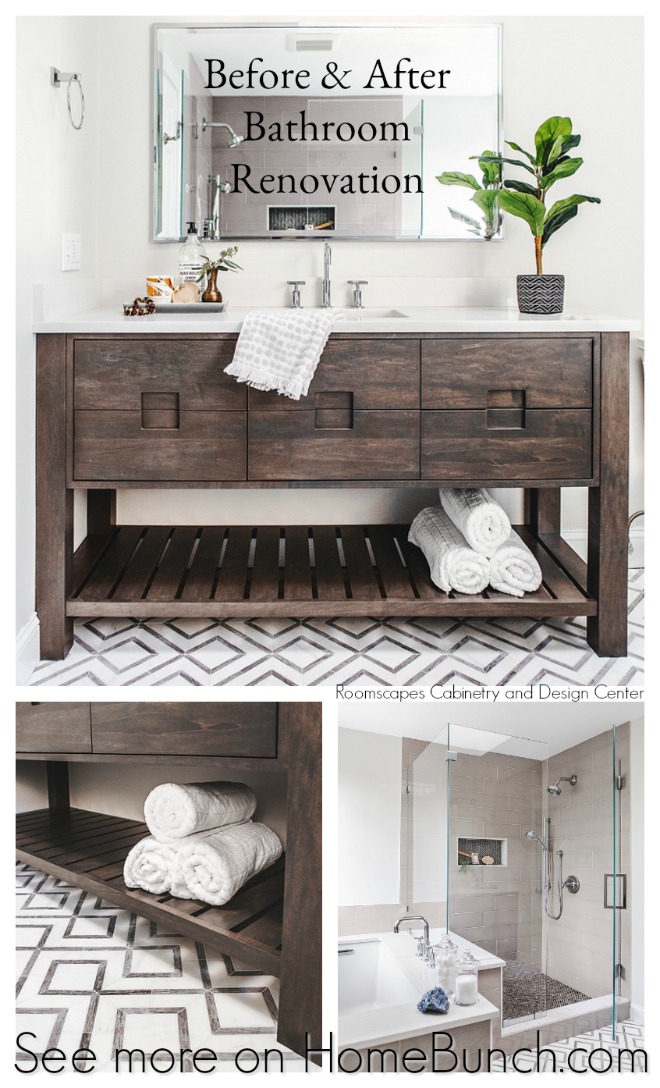
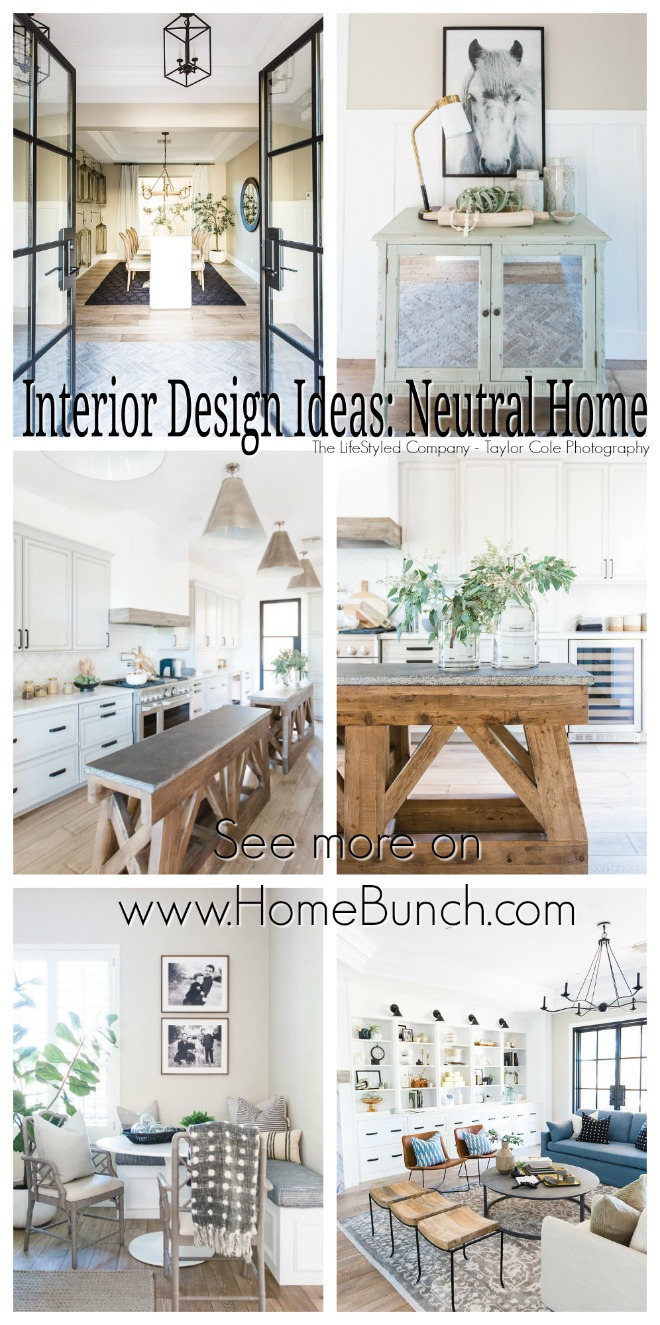 Neutral Home.
Neutral Home.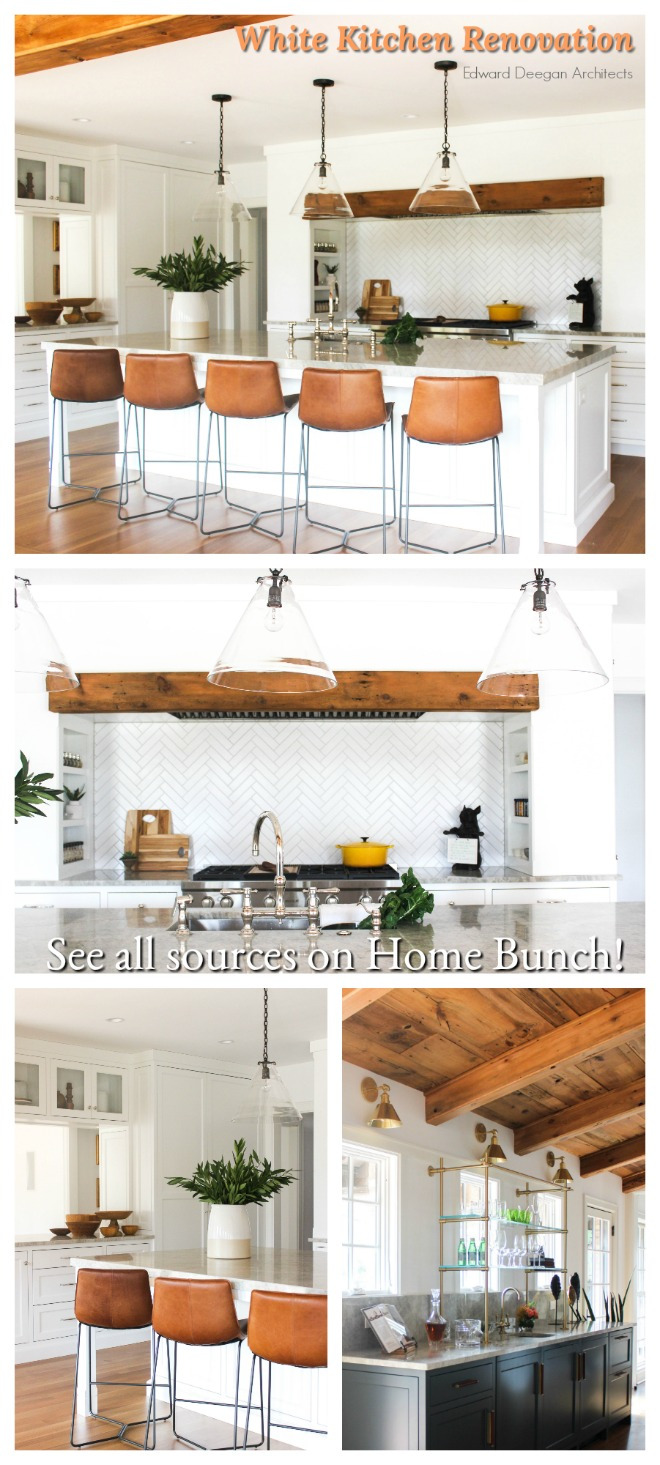 White Kitchen Renovation.
White Kitchen Renovation.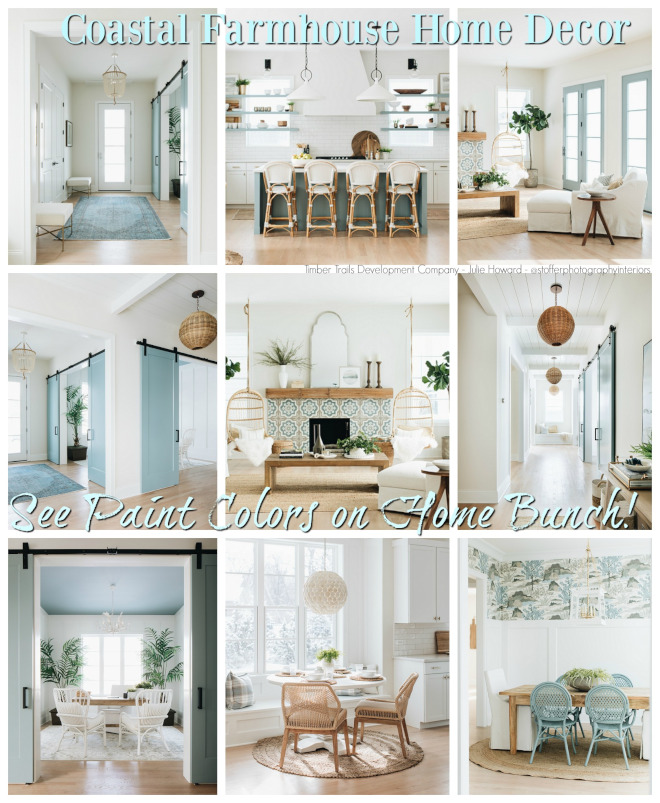 Coastal Farmhouse Home Decor.
Coastal Farmhouse Home Decor.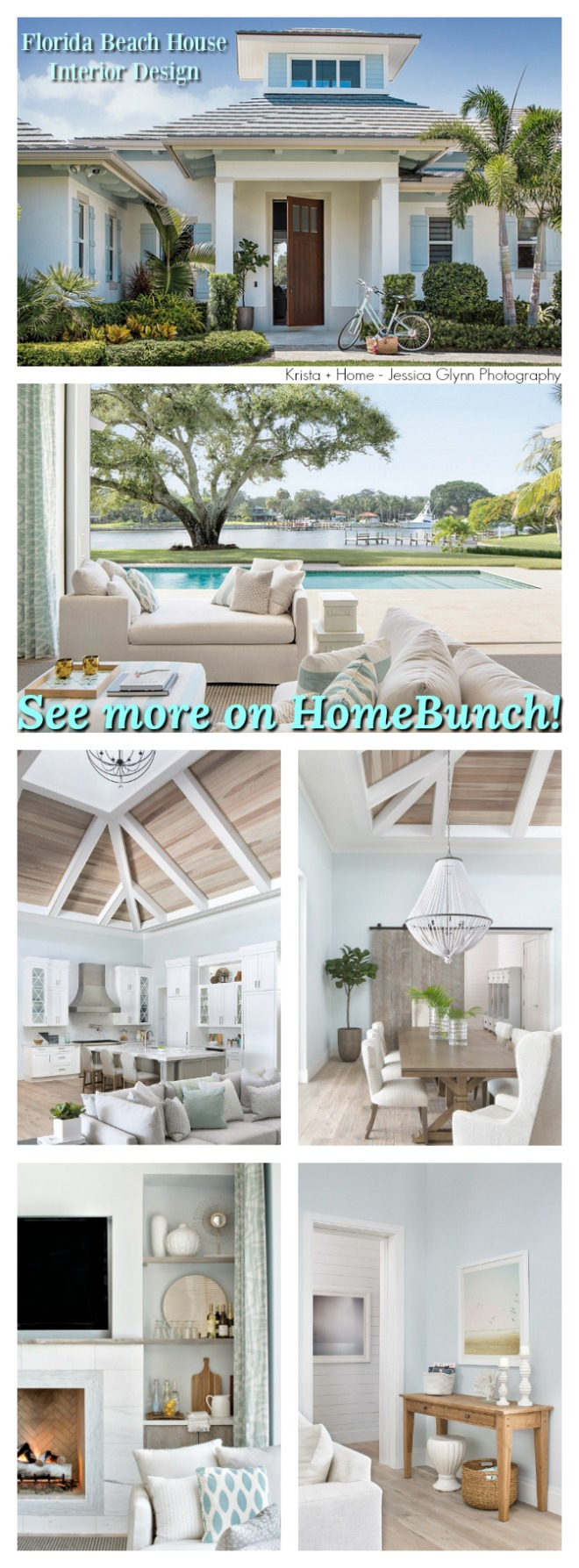 Florida Beach House Interior Design.
Florida Beach House Interior Design. New England Home.
New England Home.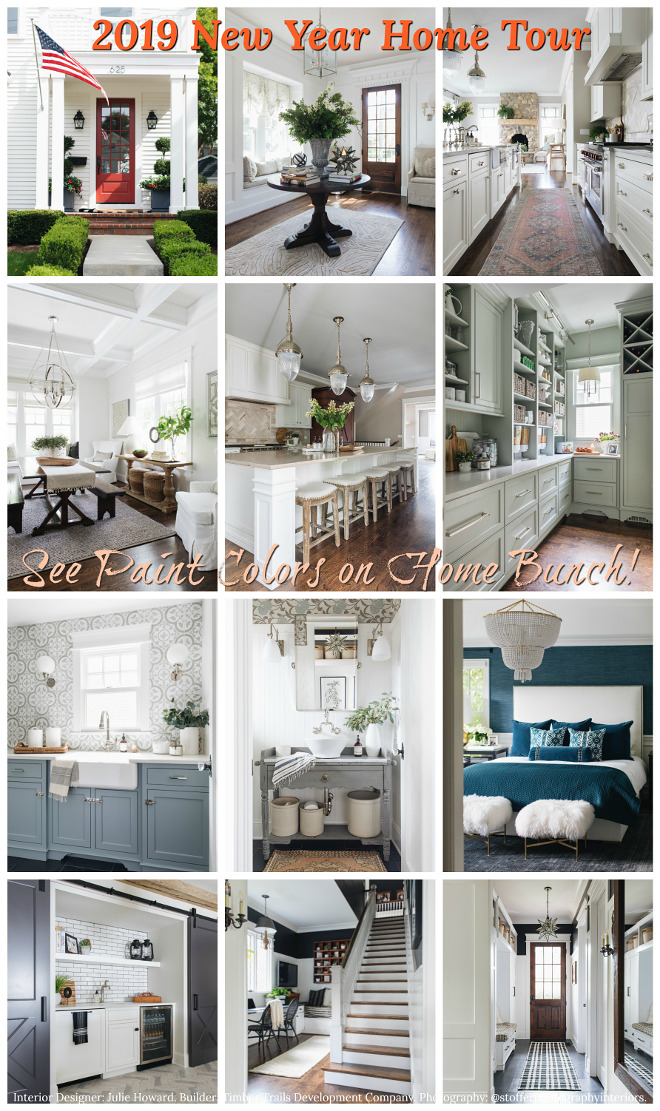 2019 New Year Home Tour.
2019 New Year Home Tour. Beach House Interior Design Ideas.
Beach House Interior Design Ideas.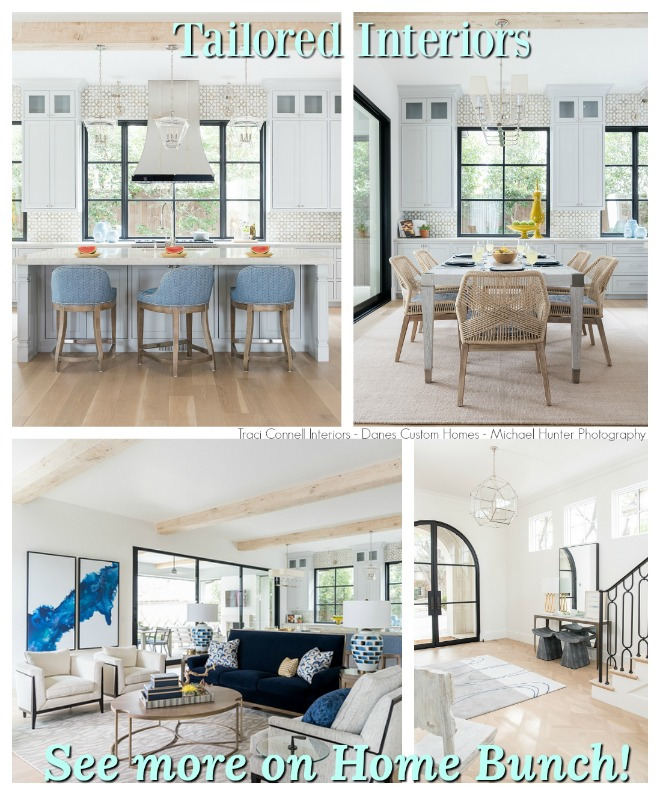
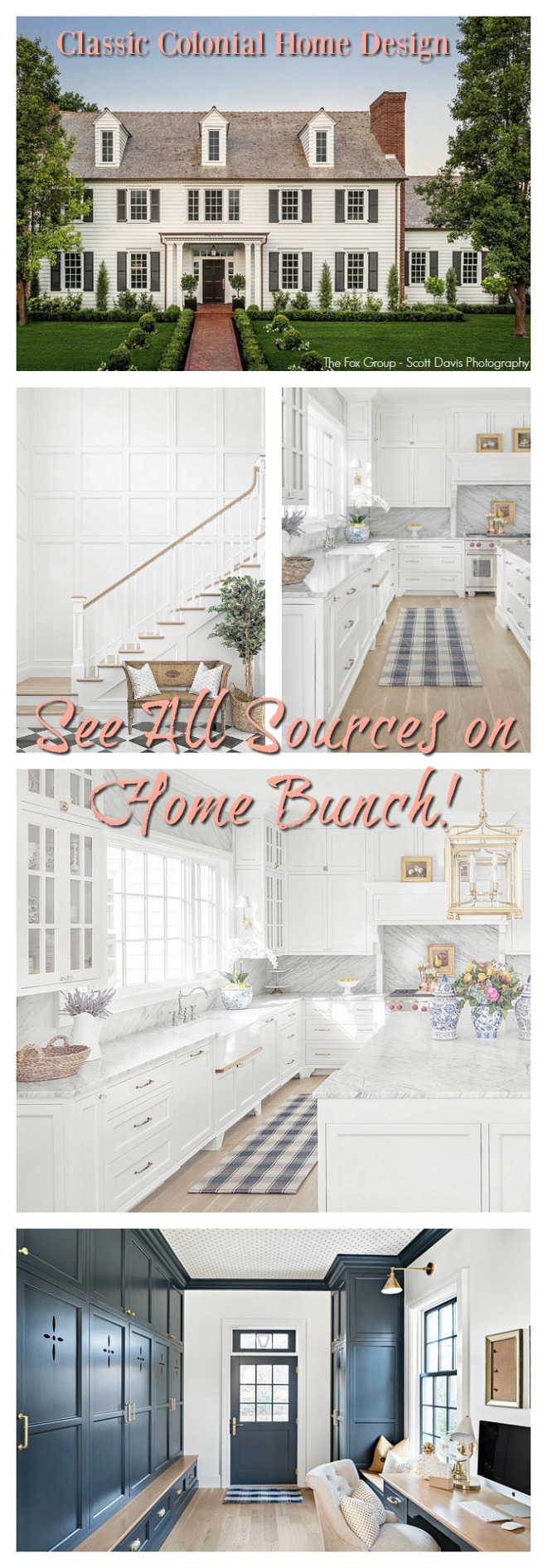 Classic Colonial Home Design.
Classic Colonial Home Design.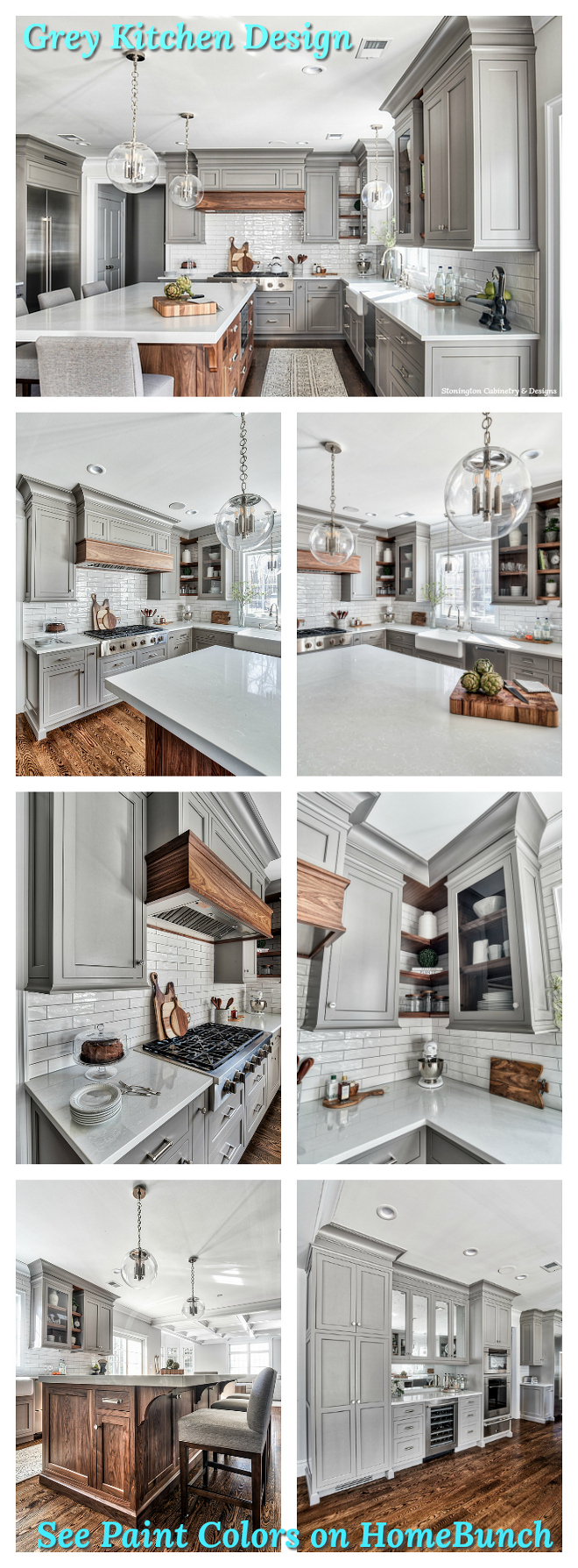 Grey Kitchen Paint Colors.
Grey Kitchen Paint Colors.“Dear God,
If I am wrong, right me. If I am lost, guide me. If I start to give-up, keep me going.
Lead me in Light and Love”.
Have a wonderful day, my friends and we’ll talk again tomorrow.”
with Love,
Luciane from HomeBunch.com
Get Home Bunch Posts Via Email ![]()
“For your shopping convenience, this post might contain links to retailers where you can purchase the products (or similar) featured. I make a small commission if you use these links to make your purchase so thank you for your support!”
No Comments! Be The First!